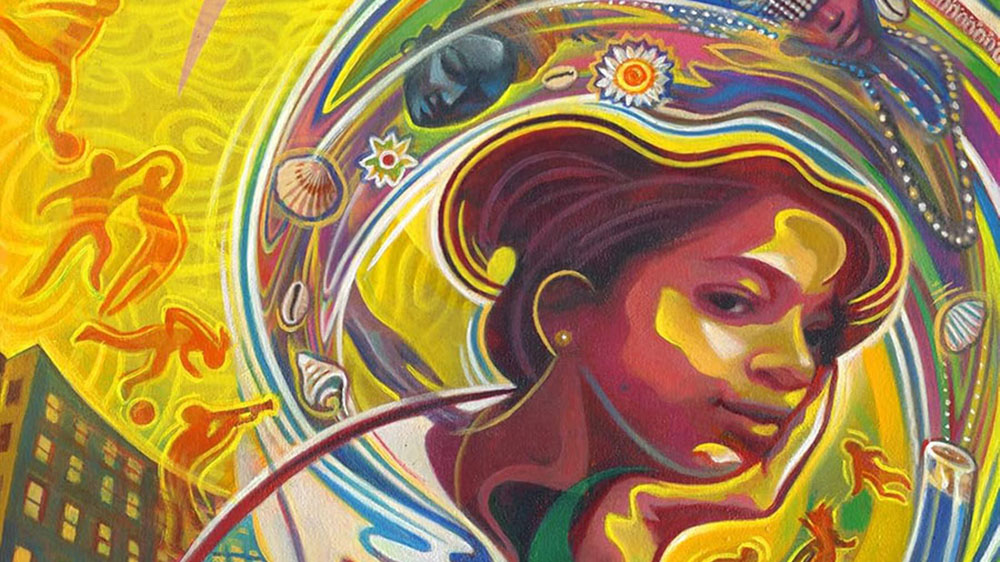According to our recent Broken Mirrors reports and web-based State Equity Report Card, few states are doing enough to ensure that their public two- and four-year colleges enroll and graduate Black and Latino undergraduates at percentages that reflect the demographics of state residents. To make matters worse, our findings reveal that both groups are vastly underrepresented among students and degree earners at public four-year institutions in nearly every state we analyzed. This is very concerning, since higher education is supposed to be the key to success. Earning a bachelor’s degree is the surest route to a good career and financial stability; and those without one are in danger of being left behind economically.
This has profound implications for America. The nation’s economic destiny will be written by an increasingly diverse workforce, which means that educational equity and economics are closely intertwined. So, it is disheartening that at a time when most decent jobs require a college education, our leaders seem so intent on cutting public higher ed funding and making it harder and costlier for many students (especially, students of color and students from low-income families) — aka America’s future workers and taxpayers — to attend, much less complete, college. If policymakers aren’t addressing higher ed equity, they should be.
To get a better sense of what’s happening, though, let’s look at whether equity at public four-year colleges has improved since the turn of this century.
I will focus on two key metrics from our reports that measure equity at public four-year colleges: Black/Latino Representation Among Undergraduates at Public Four-Year Institutions (Metric 2 in the reports) and Black/Latino Bachelor’s Degree Earner Representation (Metric 5). These metrics compare the racial and ethnic makeup of undergraduates and bachelor’s degree earners in each state to a demographic benchmark that is based on the state’s population that could benefit from a bachelor’s degree — specifically, the percentage of Black or Latino residents in the state, ages 18-49, with a high school diploma (or GED) and no bachelor’s degree. For example, if 15% of a state’s residents who fit our criteria are Black and 12% of bachelor’s degree graduates are Black, then the state’s score for bachelor’s degree equity is 80 (score = percentage of Black bachelor’s degree graduates ÷ benchmark x 100 = 12% ÷ 15% x 100 = 80). We would also assign this state a grade of B- for bachelor’s degree earner representation using a standard grading scale.
In order to examine trends over time, I calculated the enrollment and bachelor’s degree metrics at the national level from 2001 to 2016 using data from the Integrated Postsecondary Education Data System (IPEDS) and the American Community Survey (ACS). I chose this time frame because 2001 was the first year ACS data was available, and older statistics on percentages of Black and Latino residents are not as comparable to data provided by the ACS, since previous decennial census data may have missed large swaths of undocumented immigrants. Still, this should have been ample time for states to have made some headway on boosting the share of residents attending and completing college. Here’s what I found:







